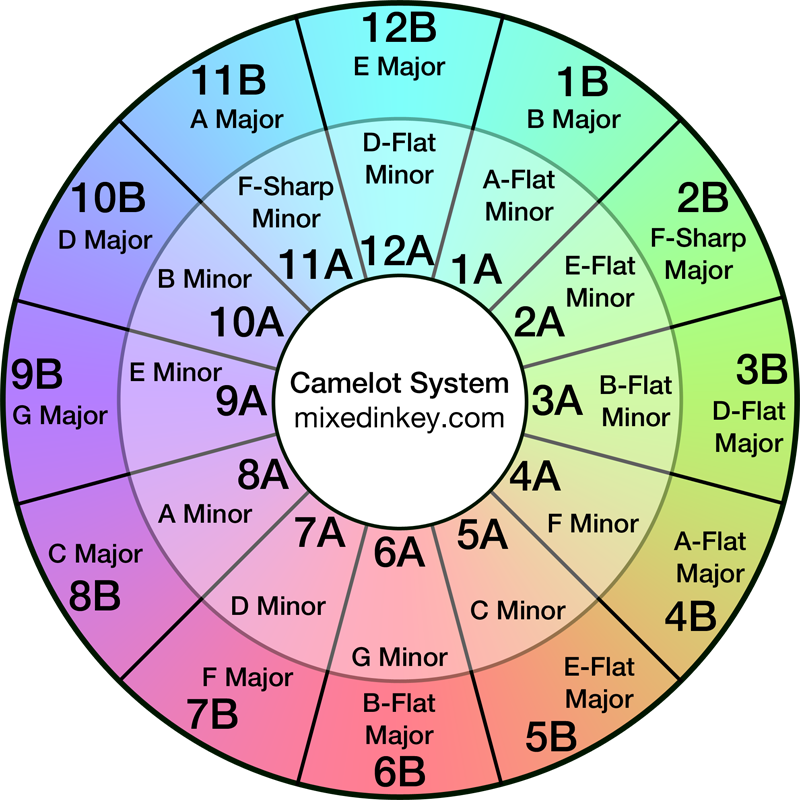I can’t stop thinking about the beauty that lies in the simplicity of things. In all kinds of things, including music. And so the idea for a small blogpost on this topic was born.
In the world of music, simplicity can be a powerful and often overlooked tool. Many musicians and composers – me too, at times – may be tempted to believe that complexity and technical prowess are the keys to creating compelling and memorable music. This is not always the case. It is often the simplest melodies and arrangements that resonate most deeply with listeners and stand the test of time.
In this blog post, we will explore the concept of simplicity in music, why it works so well, and provide examples of iconic musical works that have harnessed the power of simplicity to achieve greatness.
The Importance of Simplicity in Music
Simplicity allows music to be easily understood and enjoyed by a wide range of listeners. A simple melody or chord progression can often evoke a stronger emotional response than a complex, intricate arrangement. This is because our brains are wired to appreciate patterns and predictability, making simpler music more accessible and memorable.
Some of history’s most iconic songs and compositions have utilized simplicity to create a lasting impact. For example, Beethoven’s Symphony No. 5 begins with a simple four-note motif that is instantly recognizable and has become synonymous with the composer’s genius. This motif, known as the “fate motif,” is repeated and developed throughout the symphony, demonstrating the power of a simple musical idea.
Another example is The Beatles’ “Let It Be.” This song features a simple piano melody accompanied by basic chords and a straightforward lyrical message. The song’s simplicity allows listeners to easily connect with its message of hope and comfort during times of trouble, making it one of The Beatles’ most enduring and beloved songs.
“Someone Like You” by Adele showcases the power of simplicity. The song relies on a minimal piano arrangement and Adele’s soulful voice to convey a heartfelt message of lost love and longing. The simplicity of the music makes it easy for listeners to connect with the emotions expressed in the song, contributing to its immense popularity.
Tips for Embracing Simplicity in Your Music
Focus on a strong, memorable melody: A catchy melody can be the backbone of a successful song. Don’t be afraid to start with a simple melody and build your arrangement around it.
Use repetition wisely: Repeating musical phrases and motifs can create a sense of familiarity and cohesion in your music. However, be careful not to overuse repetition, as it can become monotonous.
Strip it down: Sometimes, less is more. Experiment with removing elements from your arrangement and see how it affects the overall feel of the song. This can help you identify the most essential parts of your music.
Embrace simplicity in your lyrics: Simple, relatable lyrics can have a powerful impact on listeners. Focus on conveying your message as clearly and directly as possible.
Trust your instincts: If something feels too complex or convoluted, it probably is. Trust your instincts and simplify where necessary.
Simplicity in music can be a powerful tool for connecting with listeners and creating memorable, lasting works of art. By embracing simplicity, musicians and composers can ensure their music resonates with a wide audience and stands the test of time. So, the next time you sit down to create music, remember the immortal words of Albert Einstein:
Everything should be made as simple as possible, but not simpler.
Sometimes, the simplest path is the one that leads straight to the heart.
But…
As much as I’ve praised the virtues of simplicity in music, I must sheepishly admit that I have a penchant for creating more complex musical arrangements myself.
Complex music can be an adventure for both the creator and the listener, offering a labyrinth of intricate layers, challenging harmonies, and enigmatic lyrics that can be deciphered like a musical puzzle. While it might not be everyone’s cup of tea, for those who revel in untangling the mysteries hidden within a composition, it can be a truly rewarding experience.
When I dive headfirst into the world of complex music, I’m like a mad scientist experimenting with sound and structure, pushing the boundaries of my craft. Sure, I might get a little carried away at times, but that’s half the fun! After all, what better way to test my own musical limits and explore new artistic horizons?
Some of the most revered artists in history have dabbled in complex music, from daring jazz improvisations to mind-bending prog-rock epics. These musicians have shown us that complexity, when executed well, can yield captivating and memorable results.
So, while I may have waxed poetic about the power of simplicity earlier, let’s not forget that there’s a place for complexity in music too. As an artist who frequently indulges in more intricate arrangements, I’m living proof that there’s beauty to be found in both simplicity and complexity. Sometimes, it’s all about striking the right balance and embracing the creative chaos that ensues. And, who knows? Maybe one day, I’ll finally master the delicate art of keeping things simple… or not!

